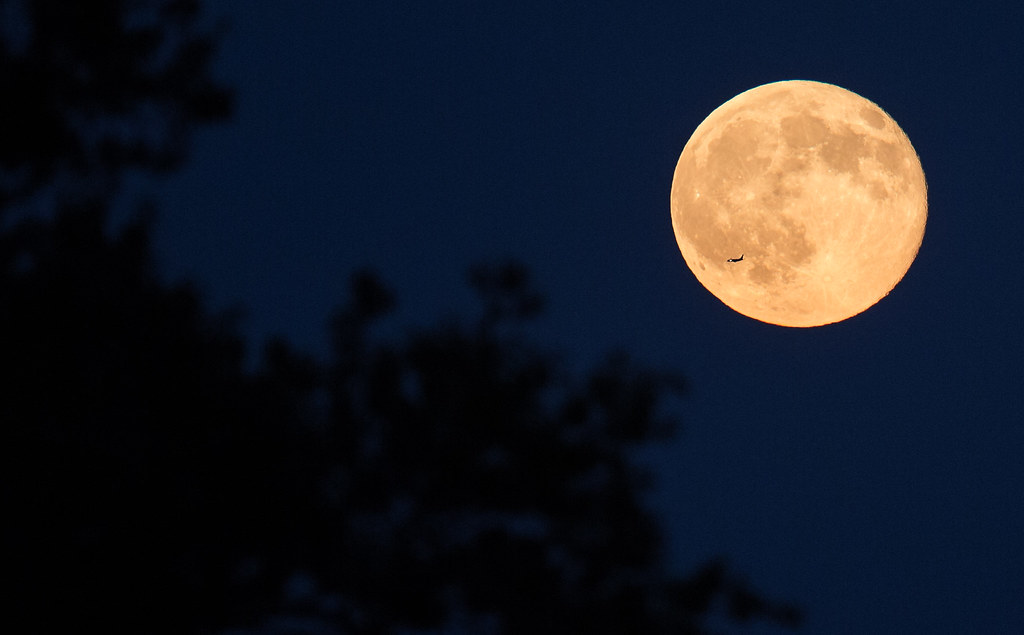As the moon shrinks throughout the years, scientists believe that NASA must be prepared for the instability of key landing sites and how to preserve these sites.
The moon has shrunk over 150 feet over the last few hundred million years due to the cooling of its own core as well as the tidal forces exerted on it by the Earth. 150 feet may not seem like much on the lunar scale, but this shrinking has a profound impact on the volatility of the moon’s surface.
As the moon shrinks, it is becoming deformed — creating ripples across the moon’s surface that are up to ten meters high, called “thrust faults”. These thrust faults act much like fault lines on Earth and create “moonquakes.”
Research led by Tom Watters of the Smithsonian Institution and published in the Planetary Science Journal indicated that scientists must take into account the potential for lunar seismic activity when considering locations for permanent outposts as well as when sending humans and robots to set foot on the natural satellite.
Lunar seismic activity has been recorded by the Apollo Passive Seismic Network using data from the seismometers employed on Apollo spacecraft. Jumping off initial data, the Lunar Reconnaissance Orbiter Camera detected thousands of relatively small thrust faults widely distributed on the moon’s surface.
Most notably for future exploration purposes, the strongest shallow moonquakes were centered around the lunar south pole. Scientists have long theorized that the lunar south pole may contain deposits of water ice, making it a strategic location to explore.
This key aspect tied to the lunar south pole’s importance is why NASA’s Artemis III aimed to go there in September 2026. Specifically, Artemis III plans to land in de Gerlache Rim 2. Models have shown this rim to be particularly susceptible to landslides. It remains to be seen if the crew of Artemis III will change course in response to these findings.
“To better understand the seismic hazard posed to future human activities on the Moon, we need new seismic data, not just at the South Pole, but globally,” Renee Weber, a co-author of the paper at NASA’s Marshall Space Flight Center, Huntsville, Alabama, stated. “Missions like the upcoming Farside Seismic Suite will expand upon measurements made during Apollo and add to our knowledge of global seismicity.”
The Farside Seismic Suite will launch two seismometers to Schrödinger’s Basin on the far side of the moon. One of these seismometers “is the most sensitive flight-ready seismometer ever built” while the other “is the most sensitive and mature compact triaxial sensor available for space applications.”
It will be an independent payload on a 2-week mission that will provide more seismic data that the Artemis missions can use to find a possibly safer landing location. The payload aims to launch in 2025.








